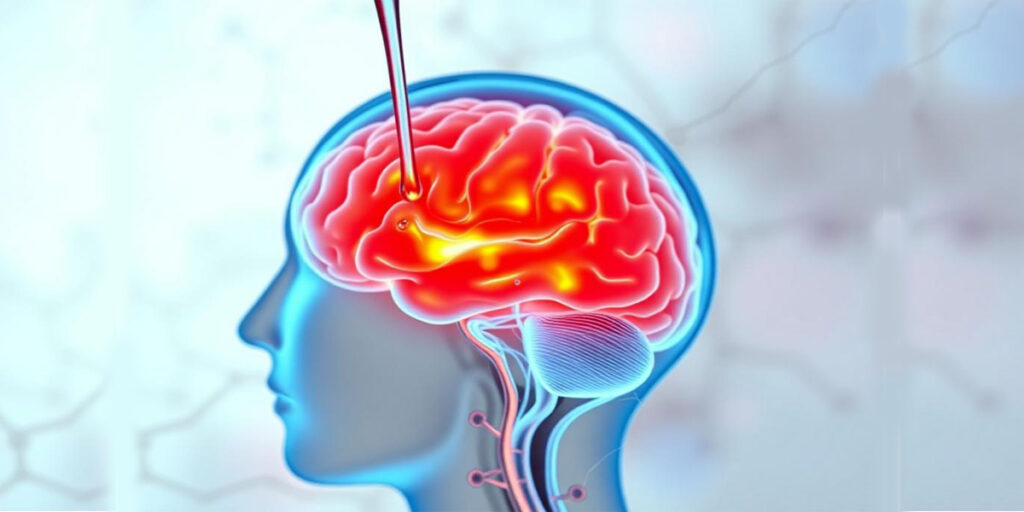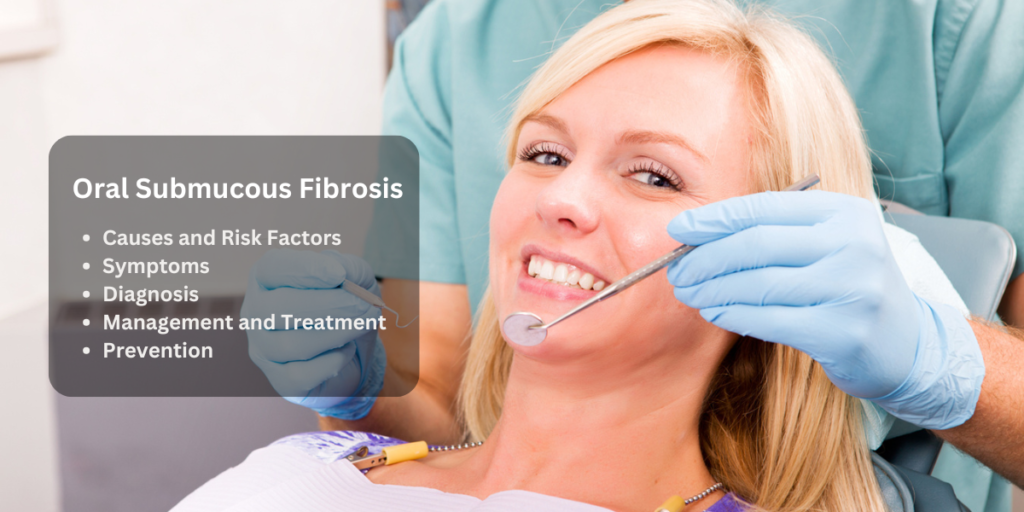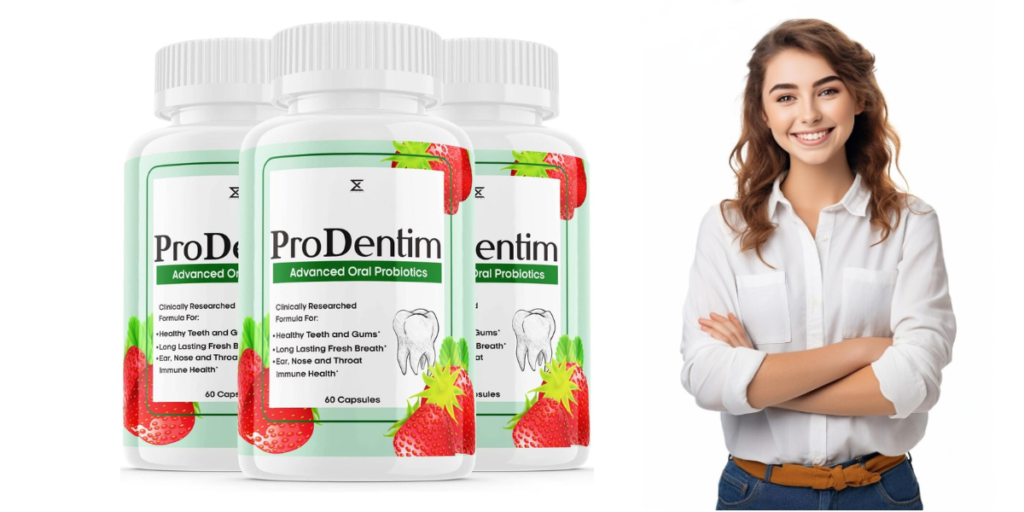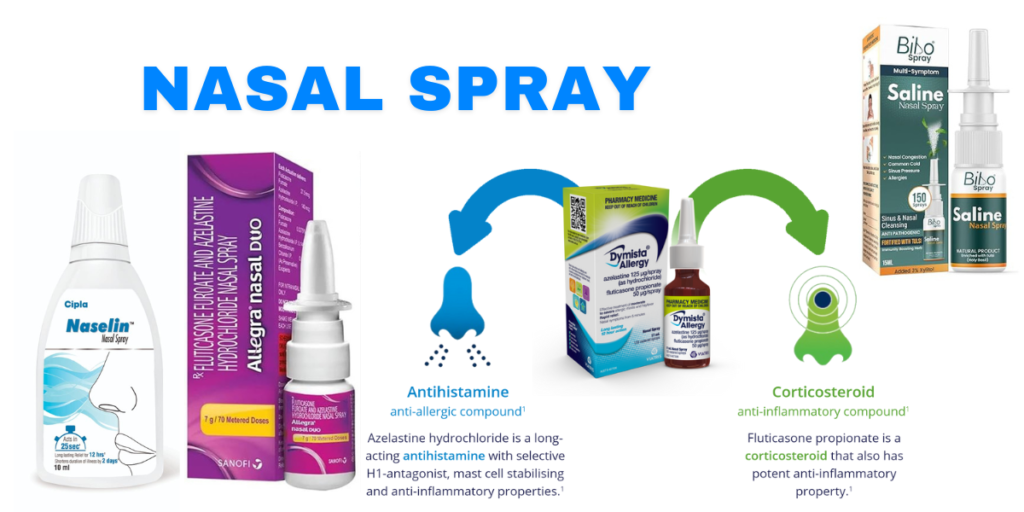Table of Contents
Oral lichen planus (OLP) is a chronic inflammatory condition that affects the mucous membranes inside the mouth. It is characterized by white, lacy patches, red swollen tissues, or open sores, which can cause discomfort, pain, and difficulty eating or speaking. Though the exact cause of OLP is not fully understood, it is considered an autoimmune disorder where the body’s immune system mistakenly attacks the cells of the oral mucosa. This article explores the symptoms, causes, diagnosis, and treatment options for oral lichen planus.
Symptoms of Oral Lichen Planus
Oral lichen planus can present in various forms, with symptoms ranging from mild to severe. Common symptoms include:
- White, Lacy Patches: The most characteristic sign of OLP is the appearance of white, lace-like patterns on the inside of the cheeks, gums, or tongue. These patches are typically painless but can sometimes cause a burning sensation.
- Red, Swollen Tissues: In some cases, OLP may present as red, inflamed areas of the oral mucosa, which can be tender and painful.
- Open Sores: Erosive or ulcerative forms of OLP can lead to painful open sores or ulcers, particularly on the tongue or the inner lining of the cheeks. These sores can make eating, drinking, and speaking difficult.
- Burning Sensation: Some patients experience a persistent burning sensation in the mouth, especially when consuming spicy or acidic foods.
- Dry Mouth: OLP can sometimes lead to dry mouth, which exacerbates discomfort and increases the risk of secondary infections.
Causes and Risk Factors
The exact cause of oral lichen planus is unknown, but it is believed to be an autoimmune disorder. In autoimmune diseases, the body’s immune system mistakenly targets its own tissues. Several factors may contribute to the development of OLP, including:
- Genetic Predisposition: A genetic predisposition may make some individuals more susceptible to developing OLP, particularly if they have a family history of autoimmune diseases.
- Triggers: Certain triggers may provoke or exacerbate OLP symptoms, including:
- Stress: Psychological stress is known to worsen the symptoms of OLP.
- Injury: Trauma to the oral tissues, such as from dental procedures or ill-fitting dental appliances, can trigger an OLP flare-up.
- Medications: Some medications, particularly nonsteroidal anti-inflammatory drugs (NSAIDs), beta-blockers, and certain oral hypoglycemic agents, have been linked to the onset or worsening of OLP.
- Infections: Hepatitis C and other viral infections have been associated with an increased risk of OLP.
- Immune System Dysfunction: The underlying cause of OLP is thought to be an abnormal immune response, where the immune system attacks the cells of the oral mucosa, leading to inflammation and tissue damage.
Diagnosis
Diagnosing oral lichen planus typically involves a combination of clinical examination and biopsy. The steps include:
- Clinical Examination: A dentist or oral healthcare provider will visually examine the mouth for characteristic signs of OLP, such as white, lacy patches or sores.
- Biopsy: A definitive diagnosis often requires a biopsy, where a small sample of affected tissue is removed and examined under a microscope. The biopsy can help distinguish OLP from other conditions that cause similar symptoms, such as oral candidiasis or leukoplakia.
- Blood Tests: Blood tests may be conducted to rule out other conditions that could be contributing to the symptoms, such as infections or autoimmune diseases.
Treatment Options
There is no cure for oral lichen planus, but treatment focuses on managing symptoms, reducing inflammation, and preventing complications. The treatment approach depends on the severity of the symptoms and the extent of the condition. Common treatment options include:
- Topical Corticosteroids: The first line of treatment for OLP is typically topical corticosteroids, which help reduce inflammation and alleviate pain. These can be applied directly to the affected areas in the form of gels, ointments, or mouth rinses.
- Systemic Corticosteroids: In severe cases, where topical treatments are ineffective, systemic corticosteroids (oral or injectable) may be prescribed to control widespread inflammation.
- Immunosuppressive Agents: Drugs such as cyclosporine, tacrolimus, or azathioprine may be used in cases where corticosteroids are not effective or cause significant side effects. These medications work by suppressing the immune system’s abnormal response.
- Antihistamines: For patients experiencing significant itching or discomfort, antihistamines can provide symptomatic relief.
- Pain Relief: Over-the-counter pain relievers, such as ibuprofen or acetaminophen, may be recommended to manage pain, especially in patients with ulcerative OLP.
- Antimicrobial Mouthwashes: To prevent secondary infections, especially in ulcerative cases, antimicrobial mouthwashes or antifungal treatments may be prescribed.
- Lifestyle Modifications: Avoiding spicy, acidic, or rough-textured foods can help reduce irritation and pain. Additionally, managing stress through relaxation techniques or counseling may help control flare-ups.
- Regular Monitoring: Because OLP is a chronic condition with a potential risk of malignant transformation, regular monitoring by a healthcare provider is essential. Any changes in the appearance of lesions or worsening of symptoms should be promptly evaluated.
Complications
While oral lichen planus is usually a benign condition, it can lead to complications, including:
- Chronic Pain and Discomfort: Persistent pain and discomfort can significantly impact quality of life, making it difficult to eat, speak, or maintain oral hygiene.
- Secondary Infections: Open sores and ulcers may become infected, leading to further complications.
- Malignant Transformation: Although rare, there is a small risk that OLP lesions can develop into oral squamous cell carcinoma. This underscores the importance of regular monitoring and early detection.
Conclusion
Oral lichen planus is a chronic, potentially painful condition that requires careful management to control symptoms and prevent complications. While there is no cure, a combination of topical treatments, lifestyle modifications, and regular monitoring can help patients maintain a good quality of life. Early diagnosis and treatment are essential to managing the condition effectively and reducing the risk of complications. If you suspect you have OLP, it is important to seek advice from a healthcare provider for proper diagnosis and treatment.










